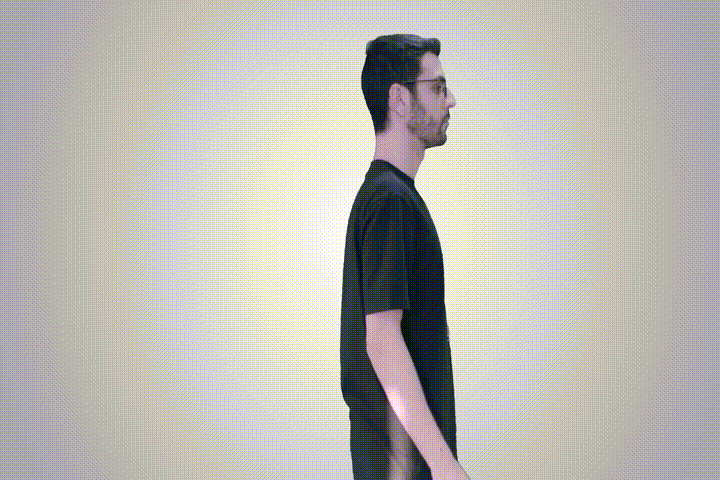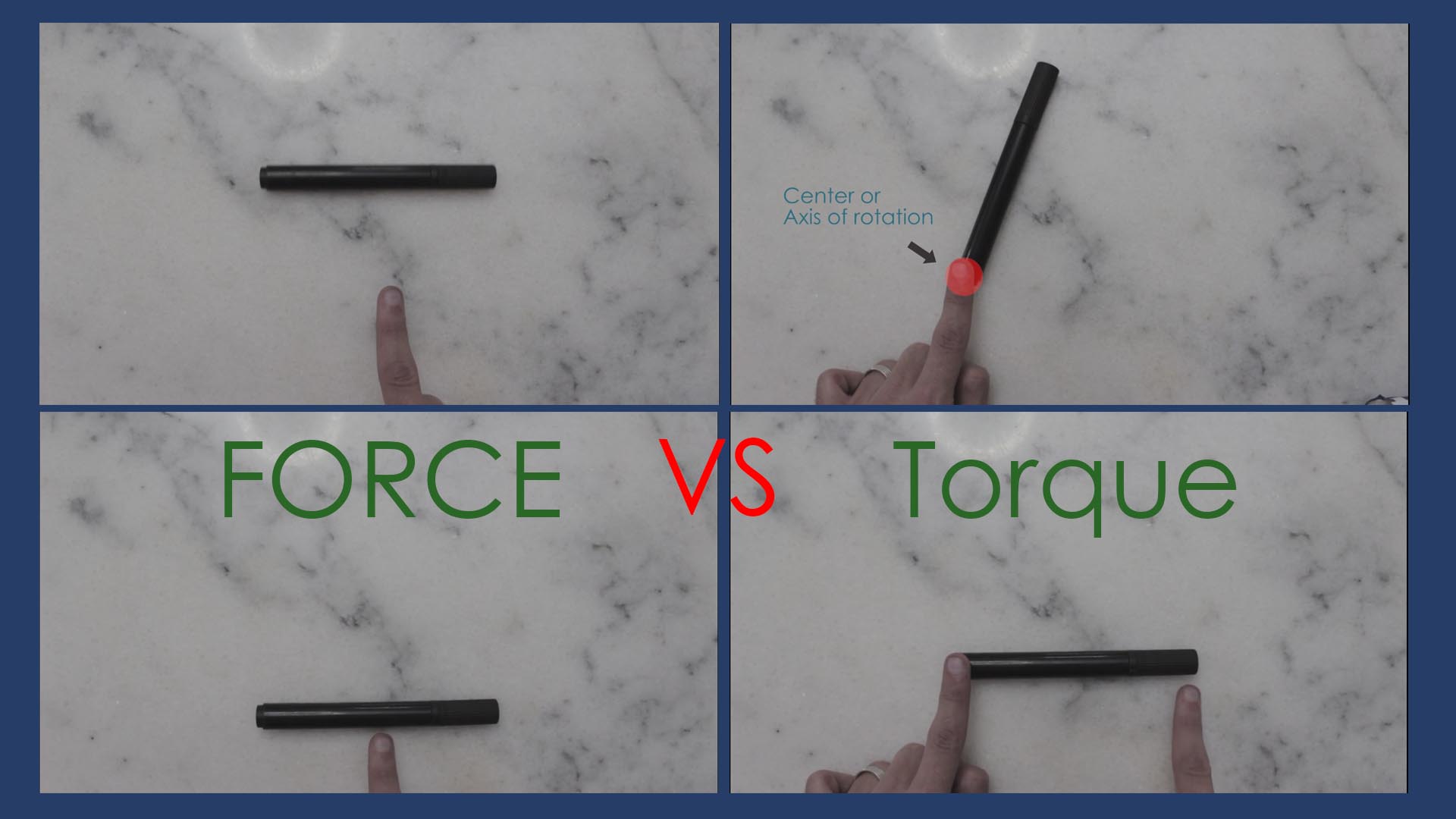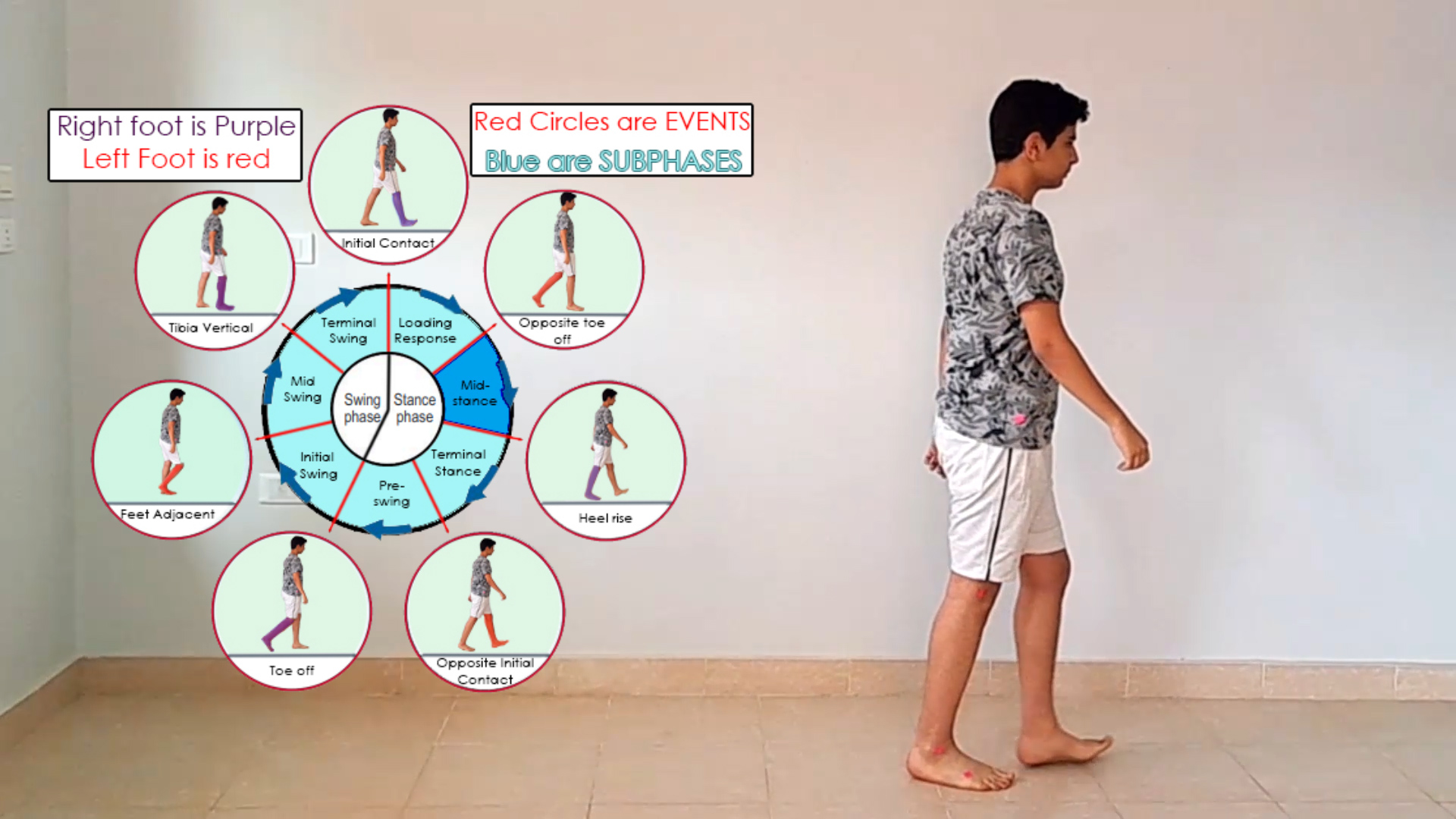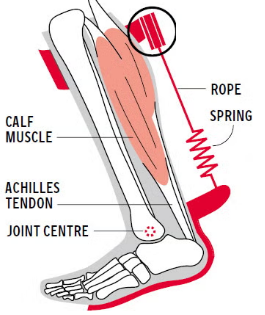Understanding Force Vs Torque, Power Exchange, and Ground Reaction Force
Hello and welcome! Today, we’re diving into some foundational concepts crucial for anyone involved in physical therapy, kinesiology, biomechanics, or sports training. We’ll explore torque (or moment), power exchange, and ground reaction force. By the end of this discussion, you’ll have a comprehensive understanding of how these concepts influence human movement, especially in the context of walking and other activities.
Introduction to Key Concepts in Human Movement
Before we delve into the specifics, it’s essential to understand some key concepts that significantly impact how we move. These include torque, power exchange, and ground reaction force. Mastering these concepts will provide a solid foundation for analyzing and improving human movement.
Torque or Moment

Torque, or moment, is the force that causes rotation around an axis. Imagine pushing a pen. If you push it straight, it moves in a straight line. However, if you push it from an angle or a different point, the pen rotates around a center or axis. This rotational force is known as torque. The farther you are from the axis when you apply the force, the more torque you generate. This principle is crucial in understanding how muscles and joints work together during movement.

Consider pushing a door to open it. The hinges act as the axis, and the force you apply to the door causes it to rotate around these hinges. The farther you push from the hinges, the greater the torque and the easier it is to open the door. This principle is essential in understanding how different forces influence joint movements and overall mechanics.

Power and Power Exchange
Power in the context of movement refers to the exchange of energy. For instance, when you flex your elbow, your biceps muscle contracts, generating power that is transferred to the bones, resulting in movement. This is known as concentric contraction, where the muscle shortens as it generates power.

Similarly, when you extend your elbow against gravity, your muscles absorb power through eccentric contraction. This means the muscle lengthens while controlling the movement, demonstrating the concept of power absorption. Understanding power exchange is vital for efficient movement and stability during various activities.
Let’s break it down with examples. When you flex your elbow, your biceps muscle contracts concentrically, generating power that is transferred to the bones, resulting in elbow flexion. Conversely, when you extend your elbow slowly with gravity’s help, the flexor muscles undergo eccentric contraction, absorbing power as they control the movement. This exchange of power is crucial for maintaining balance and control during various phases of movement.
Ground Reaction Force
Ground reaction force is the force exerted by the ground in response to the force we apply to it. Imagine stepping into a swimming pool; your leg sinks because the water cannot provide an equal and opposite force. Conversely, when you walk on a hard surface, the ground can react with an equal force, providing stability and ease of movement.
Another example is pressing on a sponge. The sponge compresses and deforms because it cannot react with an equal force. In contrast, the hard ground does not deform under pressure, offering a stable surface for movement. This concept is fundamental in understanding how different surfaces affect our movement efficiency.
Practical Applications in Movement and Therapy
Understanding these key concepts has numerous practical applications in physical therapy, sports training, and rehabilitation.
In Physical Therapy
For physical therapists, understanding torque, power exchange, and ground reaction force is vital for diagnosing and treating movement disorders. By examining how these forces interact in different activities, therapists can identify abnormalities and develop targeted treatment plans. For example, a patient with weakened calf muscles may struggle with movements requiring a strong push-off phase, leading to compensatory movements and potential injuries. A tailored exercise program can strengthen these muscles and improve the patient’s overall movement.
For Physical Trainers and Sports Massage Therapists
Physical trainers and sports massage therapists use these concepts to enhance athletic performance and prevent injuries. By understanding the biomechanics of different activities, they can develop training programs that improve efficiency and reduce the risk of injury. For instance, a runner with poor alignment during initial contact may be prone to shin splints. By correcting this alignment through targeted exercises and massage techniques, the trainer can help the athlete achieve a more efficient and pain-free movement.
In Biomechanics and Kinesiology
Researchers in biomechanics and kinesiology use these concepts to study the intricacies of human movement. This research contributes to the development of better prosthetics, orthotics, and assistive devices. For example, understanding the torque generated during different activities can help engineers design prosthetic limbs that mimic natural movement more closely.
Conclusion
Torque, power exchange, and ground reaction force are complex and fascinating processes that involve the coordination of numerous muscles, joints, and forces. By understanding these concepts, professionals in physical therapy, kinesiology, biomechanics, and sports training can diagnose, treat, and enhance human movement more effectively.
We hope this exploration of these key concepts has been informative and engaging. If you’re passionate about learning more, check out our other content on Physiogate, where we provide educational resources on kinesiology, biomechanics, and physical therapy. Visit Physiogate and Physiogate Blog for more insightful articles and updates.
Stay tuned for more discussions that dive deep into the world of human movement, and don’t forget to explore our courses and resources designed to help you excel in your field.





